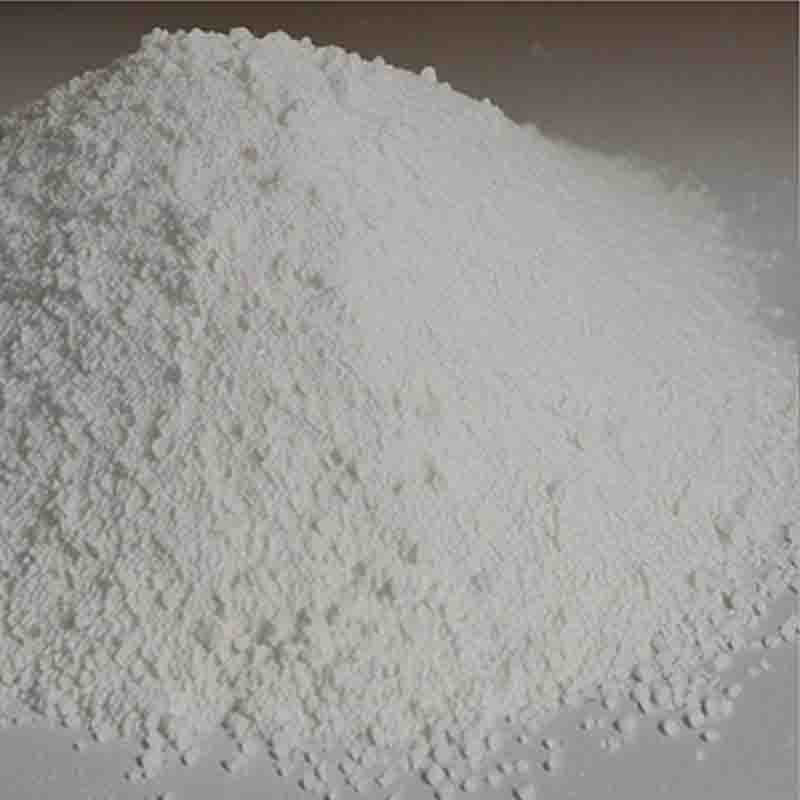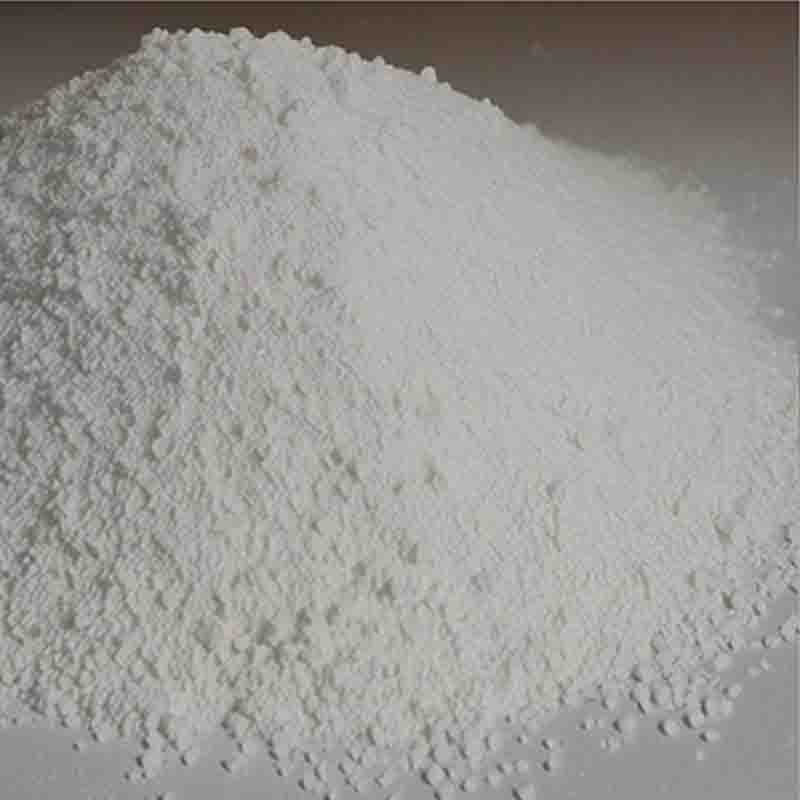Chloro(1 , 5-cyclooctadiene)rhodium(I) dimer CAS: 12092-47-6
| Catalog Number | XD93995 |
| Product Name | Chloro(1 , 5-cyclooctadiene)rhodium(I) dimer |
| CAS | 12092-47-6 |
| Molecular Formula | C16H24Cl2Rh2 |
| Molecular Weight | 493.08 |
| Storage Details | Ambient |
Product Specification
| Appearance | White powder |
| Assay | 99% min |
Chloro(1,5-cyclooctadiene)rhodium(I) dimer, also referred to as RhCl(cod), is a coordination complex that consists of a rhodium atom bonded to two 1,5-cyclooctadiene (cod) ligands and one chloride ligand. This complex is widely used as a catalyst in various organic transformations due to its unique properties and reactivity.One of the primary applications of RhCl(cod) is in the field of catalytic organic reactions. It is commonly employed in transition metal catalysis for a range of transformations such as hydrogenation, hydroformylation, and carbonylation. Its ability to activate small molecules such as hydrogen, carbon monoxide, and alkenes enables the conversion of organic substrates to desired products with high efficiency.RhCl(cod) is particularly effective as a catalyst for hydrogenation reactions. It facilitates the addition of hydrogen to unsaturated organic compounds, such as alkenes and carbonyl compounds, resulting in the formation of saturated derivatives. This process is highly valuable in the production of pharmaceuticals, fine chemicals, and specialty materials. The catalytic hydrogenation using RhCl(cod) offers high selectivity and control over the reaction, allowing chemists to produce specific stereoisomers or target particular functional groups.Another important use of RhCl(cod) is in the hydroformylation reaction, also known as the oxo process. Hydroformylation involves the addition of both a hydrogen molecule and a carbon monoxide molecule to an unsaturated compound, usually an alkene. This transformation generates aldehydes, which are key intermediates used in the production of various chemicals and polymers. RhCl(cod) serves as a highly efficient catalyst in this reaction, offering good regioselectivity and enabling control over the choice of aldehyde isomer produced.Additionally, RhCl(cod) finds applications in the catalytic carbonylation of organic compounds. Carbonylation involves the insertion of a carbon monoxide molecule into a C-H bond, resulting in the formation of carbonyl compounds. This transformation is crucial in the synthesis of a wide range of organic compounds, including pharmaceutical intermediates and agricultural chemicals. RhCl(cod) displays excellent catalytic activity in carbonylation reactions, facilitating high yields and selectivity.In summary, RhCl(cod) is a versatile catalyst widely used in organic transformations. Its application in hydrogenation, hydroformylation, and carbonylation reactions makes it a valuable tool in the synthesis of diverse organic compounds. Its reactivity, selectivity, and stability contribute to its widespread usage in both academic research and industrial processes.









